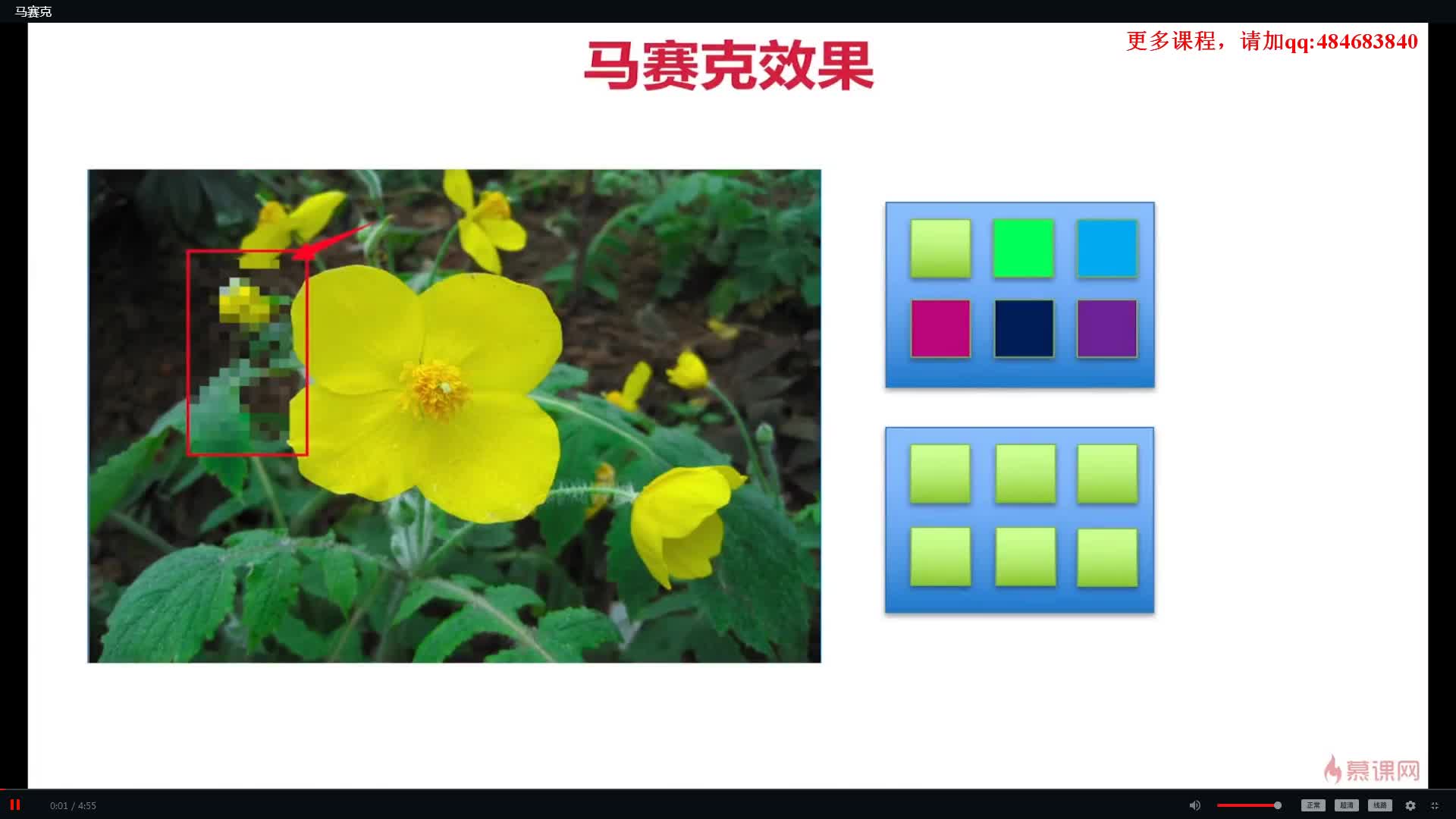OpenCV白平衡算法之灰度世界法(消除RGB受光照影響)
在用OpenCV對圖像進行處理時,利用顏色定位是常常會接觸到的方法,但RGB受光照影響比較嚴重,轉(zhuǎn)換到HSV XYZ等空間也解決不了時,
可以用白平衡算法進行修正,使其發(fā)黃、發(fā)藍、發(fā)紅的照片更加趨于自然光下的圖像。
程序代碼示例如下:
//該代碼實現(xiàn)白平衡算法中的灰度世界法,能有效改善圖像發(fā)紅發(fā)藍發(fā)綠的現(xiàn)象;
#include 《opencv2/opencv.hpp》
using namespace cv;
int main()
{
Mat g_srcImage,dstImage;
vector《Mat》 g_vChannels;
g_srcImage = imread(“C:/Users/Administrator/Desktop/區(qū)分高架定位/01.jpg”);
imshow(“原圖”,g_srcImage);
//waitKey(0);
//分離通道
split(g_srcImage,g_vChannels);
Mat imageBlueChannel = g_vChannels.at(0);
Mat imageGreenChannel = g_vChannels.at(1);
Mat imageRedChannel = g_vChannels.at(2);
double imageBlueChannelAvg=0;
double imageGreenChannelAvg=0;
double imageRedChannelAvg=0;
//求各通道的平均值
imageBlueChannelAvg = mean(imageBlueChannel)[0];
imageGreenChannelAvg = mean(imageGreenChannel)[0];
imageRedChannelAvg = mean(imageRedChannel)[0];
//求出個通道所占增益
double K = (imageRedChannelAvg+imageGreenChannelAvg+imageRedChannelAvg)/3;
double Kb = K/imageBlueChannelAvg;
double Kg = K/imageGreenChannelAvg;
double Kr = K/imageRedChannelAvg;
//更新白平衡后的各通道BGR值
addWeighted(imageBlueChannel,Kb,0,0,0,imageBlueChannel);
addWeighted(imageGreenChannel,Kg,0,0,0,imageGreenChannel);
addWeighted(imageRedChannel,Kr,0,0,0,imageRedChannel);
merge(g_vChannels,dstImage);//圖像各通道合并
imshow(“白平衡后圖”,dstImage);
waitKey(0);
return 0;
}
OpenCV實現(xiàn)馬賽克和毛玻璃濾鏡效果
一、馬賽克效果
馬賽克的實現(xiàn)原理是把圖像上某個像素點一定范圍鄰域內(nèi)的所有點用鄰域內(nèi)隨機選取的一個像素點的顏色代替,這樣可以模糊細節(jié),但是可以保留大體的輪廓。
以下OpenCV程序?qū)崿F(xiàn)馬賽克效果,通過鼠標左鍵在圖像上劃定馬賽克的矩形框。
[cpp] view plain copy print?
#include 《corecore.hpp》
#include 《highguihighgui.hpp》
using namespace cv;
Mat imageSourceCopy; //原始圖像
Mat imageSource; //原始圖像拷貝
int neightbourHood = 9; //馬賽克上每個方框的像素大小
RNG rng;
int randomNum; //鄰域內(nèi)隨機值
Point ptL; //左鍵按下時坐標
Point ptR; //右鍵按下時坐標
//鼠標回掉函數(shù)
void onMouse(int event, int x, int y, int flag, void *ustg);
int main()
{
imageSourceCopy = imread(“Test.jpg”);
imageSource = imageSourceCopy.clone();
//imshow(“馬賽克”, imageSourceCopy);
namedWindow(“馬賽克”);
setMouseCallback(“馬賽克”, onMouse);
waitKey();
}
void onMouse(int event, int x, int y, int flag, void *ustg)
{
if (event == CV_EVENT_LBUTTONDOWN)
{
ptL = Point(x, y);
}
if (event == CV_EVENT_LBUTTONUP)
{
//對鼠標畫出的矩形框超出圖像范圍做處理,否則會越界崩潰
x 》 imageSource.cols - 2 * neightbourHood ? x = imageSource.cols - 2 * neightbourHood : x = x;
y 》 imageSource.rows - 2 * neightbourHood ? y = imageSource.rows - 2 * neightbourHood : y = y;
//對鼠標從右下往右上畫矩形框的情況做處理
ptR = Point(x, y);
Point pt = ptR;
ptR.x 《 ptL.x ? ptR = ptL, ptL = pt : ptR = ptR;
for (int i = 0; i 《 ptR.y - ptL.y; i += neightbourHood)
{
for (int j = 0; j 《 ptR.x - ptL.x; j += neightbourHood)
{
randomNum = rng.uniform(-neightbourHood / 2, neightbourHood / 2);
Rect rect = Rect(j + neightbourHood + ptL.x, i + neightbourHood + ptL.y, neightbourHood, neightbourHood);
Mat roi = imageSourceCopy(rect);
Scalar sca = Scalar(
imageSource.at《Vec3b》(i + randomNum + ptL.y, j + randomNum + ptL.x)[0],
imageSource.at《Vec3b》(i + randomNum + ptL.y, j + randomNum + ptL.x)[1],
imageSource.at《Vec3b》(i + randomNum + ptL.y, j + randomNum + ptL.x)[2]);
Mat roiCopy = Mat(rect.size(), CV_8UC3, sca);
roiCopy.copyTo(roi);
}
}
}
imshow(“馬賽克”, imageSourceCopy);
waitKey();
}
可以通過改變程序中neightbourHood參數(shù)的大小調(diào)整小矩形快的大小,實現(xiàn)效果:
二、毛玻璃效果
毛玻璃效果的實現(xiàn)通過用像素點鄰域內(nèi)隨機一個像素點的顏色替代當(dāng)前像素點的顏色實現(xiàn)。
[cpp] view plain copy print?
#include 《corecore.hpp》
#include 《highguihighgui.hpp》
using namespace cv;
int main()
{
Mat imageSource = imread(“Test.jpg”);
Mat imageResult = imageSource.clone();
RNG rng;
int randomNum;
int Number = 5;
for (int i = 0; i 《 imageSource.rows - Number; i++)
for (int j = 0; j 《 imageSource.cols - Number; j++)
{
randomNum = rng.uniform(0, Number);
imageResult.at《Vec3b》(i, j)[0] = imageSource.at《Vec3b》(i + randomNum, j + randomNum)[0];
imageResult.at《Vec3b》(i, j)[1] = imageSource.at《Vec3b》(i + randomNum, j + randomNum)[1];
imageResult.at《Vec3b》(i, j)[2] = imageSource.at《Vec3b》(i + randomNum, j + randomNum)[2];
}
imshow(“毛玻璃效果”, imageResult);
waitKey();
}
實現(xiàn)效果:
 電子發(fā)燒友App
電子發(fā)燒友App






























評論